Table of Contents
ToggleIntroduction
Have you ever wondered why some websites seem to be at the top of search results? The answer lies in the magic of SEO, or Search Engine Optimization. If you’re curious about how Google or any other search engine decides which websites to show you when you type in a query, then you’re in the right place.
This comprehensive guide will not only decode the intricate operations of search engines but also offer actionable insights to skyrocket your website’s ranking. Intrigued? Read on to unlock the secrets of SEO and master the art of being found online.
Part 1: The Inner Workings of Search Engines
The Anatomy of Search Engine Databases
Have you ever wondered how search engines work? Well, search engines like Google operate much like vast digital libraries. But instead of books, they store web pages.
Building databases for digital marketing and SEO involves web crawling and data indexing. Search engines use these databases to display relevant search results. This is where the concept of the ranking factor comes into play.
Quick Fact: Google’s search index is over 100 million gigabytes in size. That’s the scale of the World Wide Web we’re talking about!
Web Crawling: The Search Engine’s Scavenger Hunt
Web crawlers, sometimes called search engine spiders, have a unique role. They are programmed to explore new pages and follow internal links, acting as the ‘scouts’ of the search engine world. Their activity is foundational to how search engines work, particularly in discovering new content.
Data Indexing: The Search Engine’s Library
Once the crawlers have gathered the data, it’s time for indexing. This is where search engines catalog the collected information, making it searchable for users. Factors like keywords, meta tags, and content quality play a significant role here. Like other search engine algorithms, Google’s algorithm uses complex algorithms to index relevant content.
When Anfinit Technologies took on a client struggling with low search visibility, one of the first things we did was optimize their site’s indexing. The result? A 50% increase in organic traffic within two months.
Part 2: The Different Parts of SEO
The Building Blocks of On-Site SEO
The practice of on-site SEO involves optimizing the internal elements of your website. From keyword selection to meta descriptions, these are the factors you have complete control over. Mastering them can significantly improve your site’s visibility on search engines like Google.
The Art and Science of Keyword Selection
Choosing the right keywords is crucial for achieving success with SEO. Google Keyword Planner and Google Analytics tools can assist in identifying keywords used by the target audience to find products or information online.
Crafting and Fine-Tuning Content
Having great content is essential for any SEO strategy to succeed. It must be relevant, engaging, and, most importantly, valuable to the reader. This is where the concept of E-E-A-T (Experience, Expertise, Authority, Trust) comes into play.
Quick Tip: Content is king, but distribution is queen. Share valuable content across multiple channels for maximum reach, including social media marketing platforms.

The External Factors: Off-Site SEO
Off-site SEO involves factors outside your website that can affect your ranking. This mainly includes backlinks from other websites, social signals, and other online activities that can boost your site’s authority.
The Power of Backlinks and Online Reputation
Think of backlinks as endorsements from other websites, like votes of confidence. The more quality backlinks you have, the higher your site’s authority and ranking will be in search engine results.
The Nitty-Gritty of Technical SEO
The main aim of technical SEO is to enhance the ability of your website to be found by search engines. This includes optimizing site speed, mobile-friendliness, and secure connections.
Quick Fact: A one-second delay in page load time can result in a 7% loss in conversions. Speed matters!
Part 3: Must-Have SEO Competencies
Mastering Keyword Analysis
Keyword analysis is more than just picking terms that seem relevant. It’s about understanding your target audience’s search queries and optimizing your content accordingly. Tools like Google Search Console can offer valuable insights into this.
Google’s Knowledge Graph can also influence the search result for a particular search query. Understanding how search engines work with these complex algorithms can give you an edge.
Did you know that long-tail keywords often have a higher conversion rate? They may bring in less traffic, but the traffic is more targeted.
The Blueprint for Effective Content Marketing
Effective content marketing involves more than just producing content; it requires creating the appropriate content. It ranks well in search engine algorithms and provides relevant information to the user.
This is where Anfinit Technologies’ SEO services and content writing services can make a huge difference.
The Strategy Behind Effective Link Acquisition
Off-site SEO depends on the quality and quantity of external links pointing to your webpage. Not all links are equal. It’s the relevant, high-quality links that matter.
Technical Mastery for SEO
The intricacies of Google’s algorithm extend beyond basic SEO practices. This complex algorithm evaluates many ranking factors, from site speed to backlink quality. Gaining a deep understanding of this ranking algorithm can significantly elevate your SEO strategy.

Part 4: Diving Deeper into SEO Specializations
Hyperlocal SEO: Targeting Local Audiences
Local SEO services go beyond general optimization. They target essential pages on your website to cater to a local audience. This primarily benefits brick-and-mortar businesses or services within a particular geographic area.
Going Global: The Intricacies of International SEO
If your business operates globally, international SEO is crucial. It involves optimizing your content for different languages, cultures, and search engine algorithms, as what works in one country may not work in another.
Navigating the World of E-commerce SEO
The world of e-commerce is booming, and so is the need for specialized SEO. From optimizing product descriptions to ensuring a seamless user experience, e-commerce SEO can make or break your online store’s success.
The Future is Mobile: Understanding Mobile SEO
Optimizing your website for mobile is crucial with the rise in smartphone usage. Mobile SEO ensures your site looks and performs its best on all devices, from desktops to smartphones.
Quick Tip: Google’s algorithm gives preference to mobile-friendly sites. Make sure your website passes the mobile-friendly test.
Part 5: The Toolbox: SEO Instruments and Learning Materials
Navigating Google Search Console
Google Search Console is an invaluable tool for anyone serious about search engine optimization. It provides insights into how Google’s search algorithm views your website, allowing you to optimize for better search engine results.
Monitor your site’s performance, fix issues, and improve search results with Google Search Console.
Must-Have SEO Software and Diagnostic Tools
Numerous tools are available for SEO analysis and optimization, from keyword research tools to marketing automation software. Knowing which tools to use can significantly impact your SEO strategy.
1. Google Analytics: This is a must-have for anyone serious about SEO. It provides detailed statistics and analytics of web traffic and is an essential tool for marketing.
2. SEMrush: This tool offers solutions for SEO, PPC, content, social media, and competitive research. It provides a wealth of data on organic search, paid search, and backlinks, among other things.
3. Moz Pro: Known for its quality metrics like Domain Authority and Page Authority, it offers a complete set of search engine optimization tools, including keyword research, site audits, link building, and page optimization insights.
4. Ahrefs: This tool is known for its backlink analysis and offers features like keyword research, content research, and website auditing. It’s handy for analyzing your competitors.
5. Screaming Frog SEO Spider: This desktop program crawls websites’ links, images, CSS, and apps to evaluate on-site SEO. It’s beneficial for large websites that require detailed auditing and analysis.
These tools offer features that can aid you in optimizing your website for search engines, and many professionals use a combination of these tools for the best results.
Where to Learn More: Blogs, Courses, and Thought Leaders
The world of SEO is ever-changing, thanks to constant updates in search engine algorithms. Staying updated is crucial; this is where blogs, courses, and thought leaders in the field can provide invaluable insights.
Blogs
- Search Engine Journal: This blog offers in-depth articles, webinars, and guides on SEO, PPC, and social media marketing.
- Neil Patel’s Blog: Neil Patel is a renowned marketer whose blog is a treasure trove of tips, strategies, and insights into digital marketing.
- Yoast SEO Blog: This blog is handy for those who use WordPress. It offers excellent tips on WordPress SEO, including how to use the Yoast SEO plugin effectively.
Courses
- Google’s SEO Starter Guide: This is a free course offered by Google that covers the basics of SEO, making it perfect for beginners.
- Moz’s Beginner’s Guide to SEO: This free course offers a more in-depth look into search engine optimization, suitable for those with some basic understanding.
- Search Engine Land’s Periodic Table of SEO Factors: While not a traditional course, this interactive guide is an excellent resource for understanding the various factors contributing to search engine optimization success. It’s updated annually to reflect changes in the landscape.
Thought Leaders
- Rand Fishkin: Formerly from Moz, Rand is a well-known figure in the search engine optimization community. He frequently shares valuable insights and trends.
- Brian Dean: The founder of Backlinko, Brian is known for his actionable tips and strategies, particularly in link-building.
- Danny Sullivan: Currently Google’s Public Liaison for Search, Danny has been a leading voice in the search engine optimization community for years. He’s an excellent source for understanding Google’s perspective on search.
Anfinit Technologies offers comprehensive SEO services, including regular training sessions and updates on the latest in SEO, ensuring our clients are always ahead of the curve.
Part 6: Wrapping It Up
Final Takeaways and Action Steps
- Understand the Basics: Know how search engines operate, from crawling to indexing.
- Focus on Content: Quality content is the cornerstone of any successful strategy.
- Leverage Tools: Utilize tools like Google Analytics and Google Ads for insights and optimization.
- Stay Updated: Search engine algorithms are continually evolving. Keep learning to stay ahead.
- Consult Experts: Sometimes, leaving it to the professionals is best. Services like those offered by Anfinit Technologies can provide the expertise you need.
SEO Lexicon
To further your understanding, here’s a quick glossary of essential SEO terms:
- Algorithm: A set of rules that search engines use to rank web pages.
- Crawl: The process of search engine spiders scanning a web page.
- Indexing: Cataloging and storing web pages in a search engine’s database.
- Keyword: A word or phrase that users/visitors type into a search engine.
- Ranking: The position of a web page in search engine results.

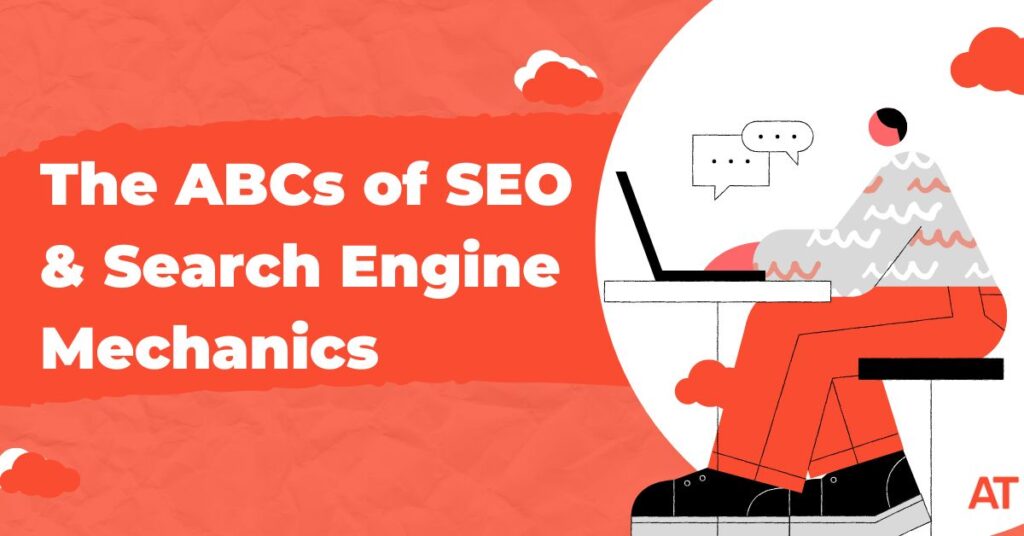

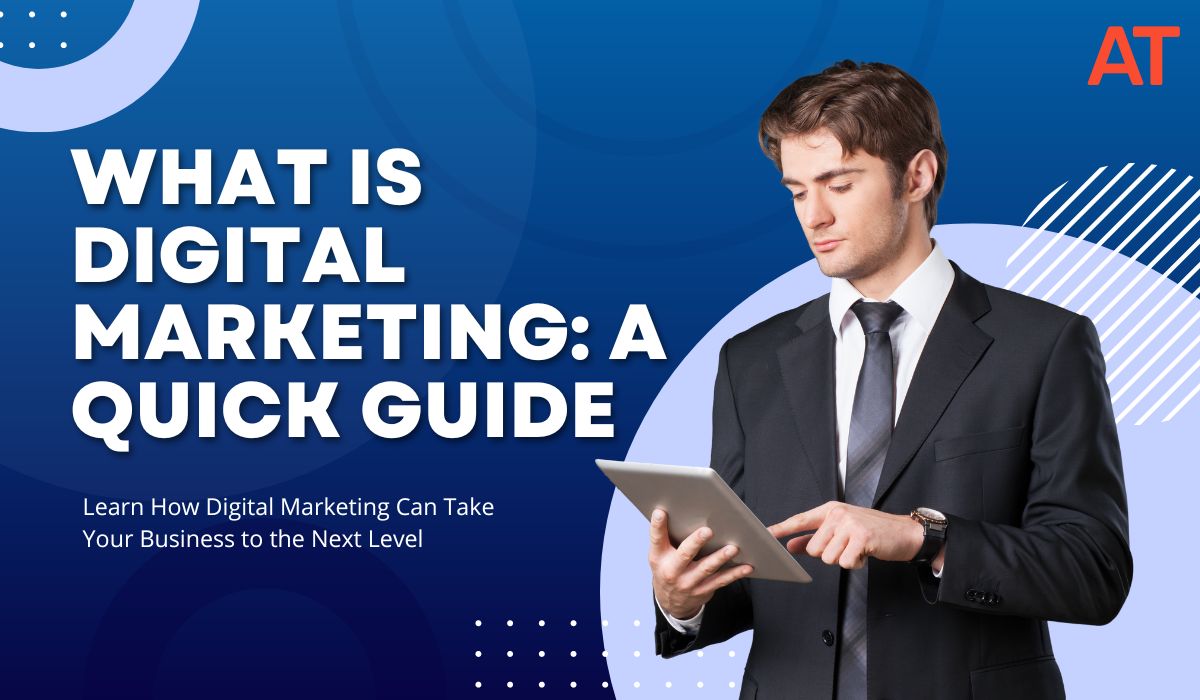
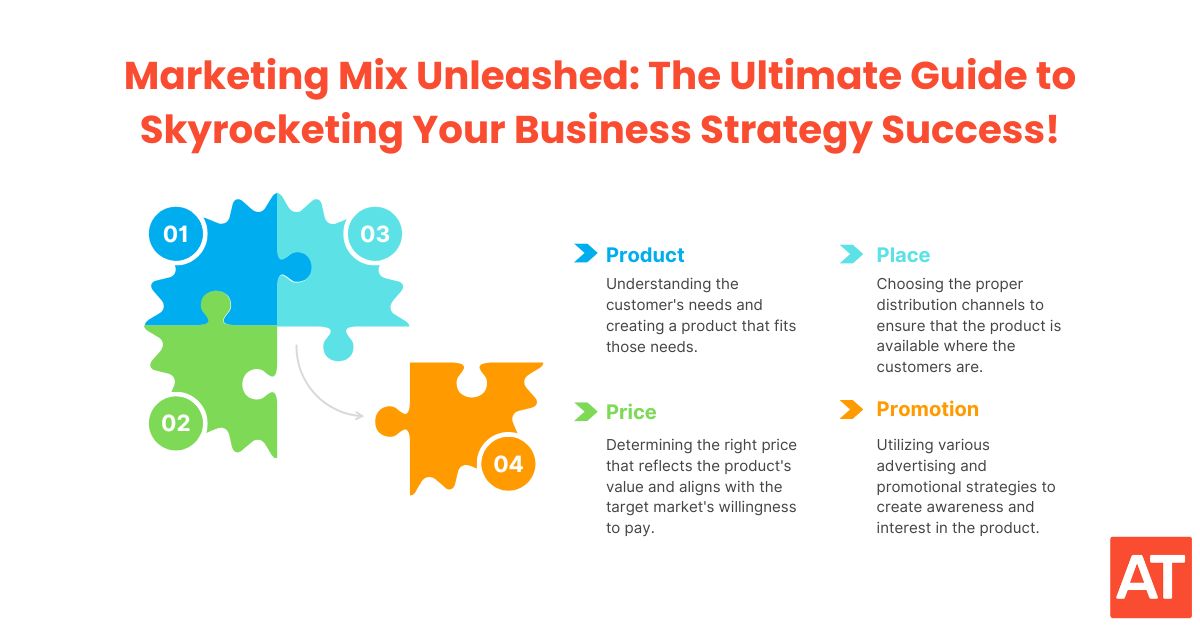
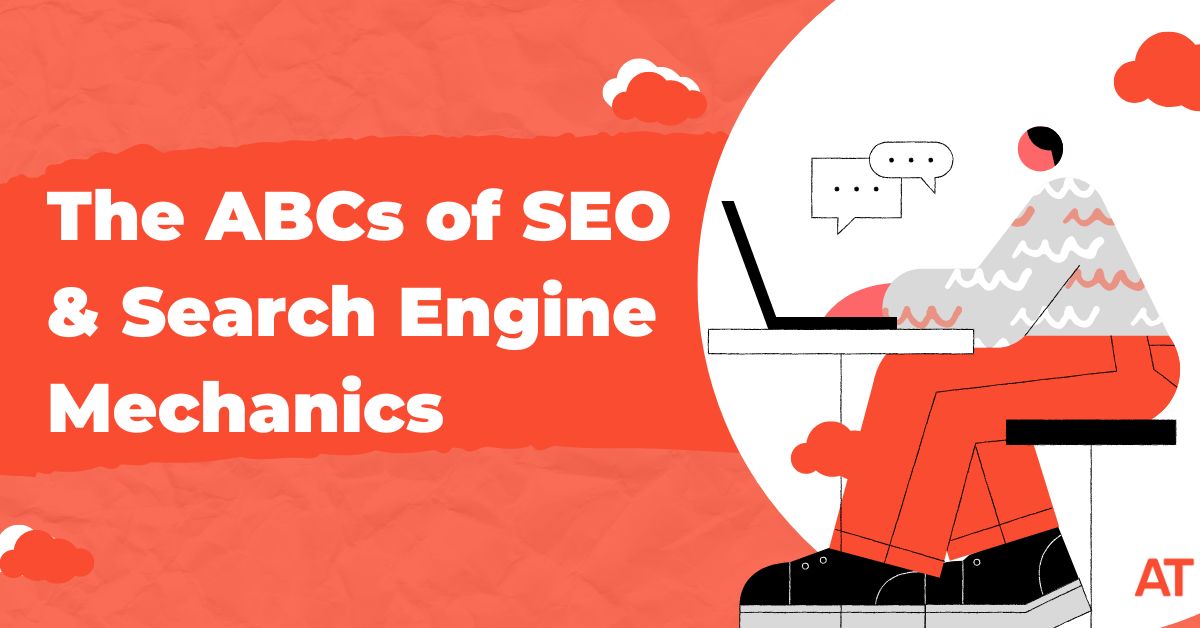
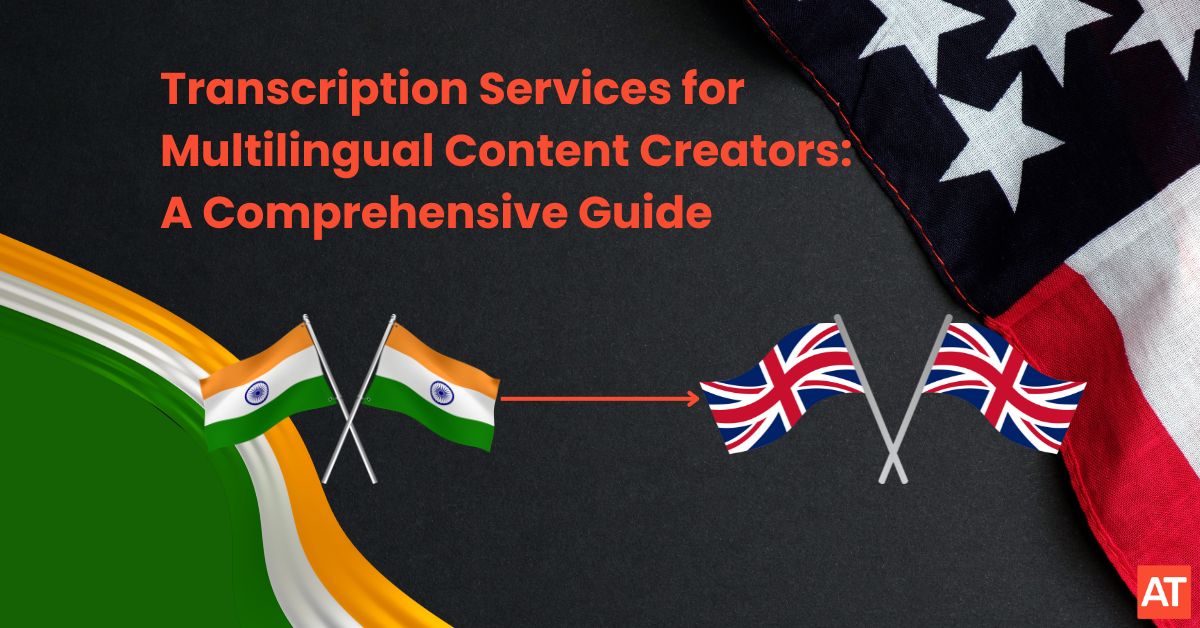

This Post Has 3 Comments
Pingback: Importance of Keywords in SEO vs. PPC: A Comprehensive Guide - Anfinit Technologies
Pingback: How to Choose the Best SEO Company for Your Business - Anfinit Technologies
Pingback: Maximize Potential: Best Free WordPress Plugins for 2023 - Anfinit Technologies